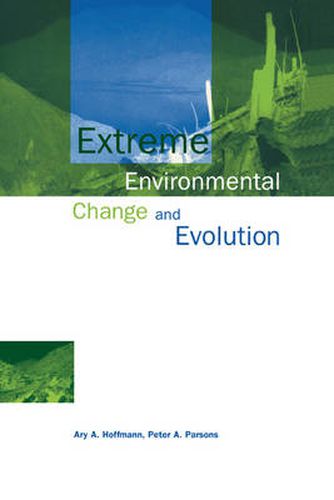Readings Newsletter
Become a Readings Member to make your shopping experience even easier.
Sign in or sign up for free!
You’re not far away from qualifying for FREE standard shipping within Australia
You’ve qualified for FREE standard shipping within Australia
The cart is loading…






Most natural populations intermittently experience extremely stressful conditions. This book discusses how such conditions can cause periods of intense selection, increasing both phenotypic and genetic variation, and allowing organisms with novel characteristics to be first generated and then established in the population. The authors argue that stressful conditions can have a major impact on the environment, backing up their arguments with evidence from the fossil record. They suggest further that, as a consequence, periods of stress must be taken into consideration when long term conservation strategies are planned, particularly as stressful conditions are becoming increasingly prevalent as a result of human activities. This broad overview will be of great interest to students and researchers in the field of evolutionary biology, genetics, ecology, palaeontology and conservation biology.
$9.00 standard shipping within Australia
FREE standard shipping within Australia for orders over $100.00
Express & International shipping calculated at checkout
Most natural populations intermittently experience extremely stressful conditions. This book discusses how such conditions can cause periods of intense selection, increasing both phenotypic and genetic variation, and allowing organisms with novel characteristics to be first generated and then established in the population. The authors argue that stressful conditions can have a major impact on the environment, backing up their arguments with evidence from the fossil record. They suggest further that, as a consequence, periods of stress must be taken into consideration when long term conservation strategies are planned, particularly as stressful conditions are becoming increasingly prevalent as a result of human activities. This broad overview will be of great interest to students and researchers in the field of evolutionary biology, genetics, ecology, palaeontology and conservation biology.